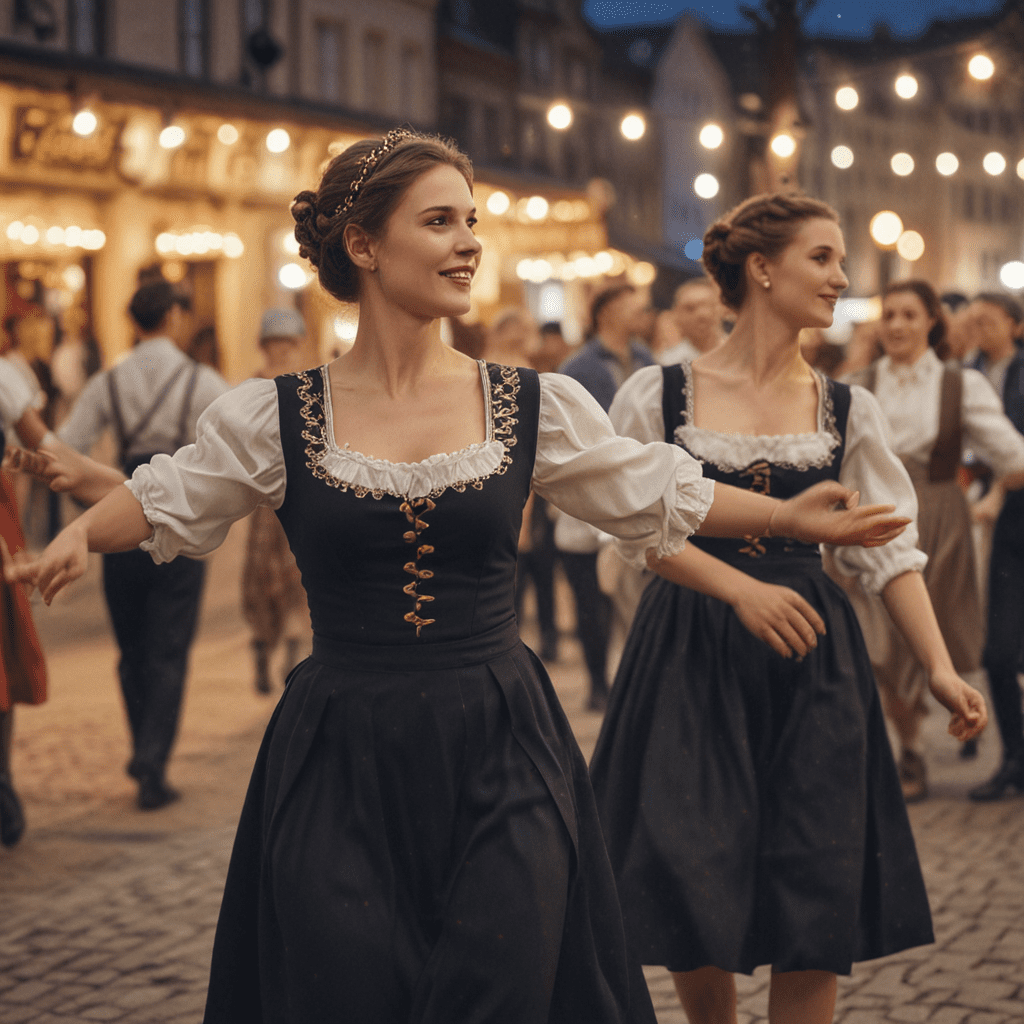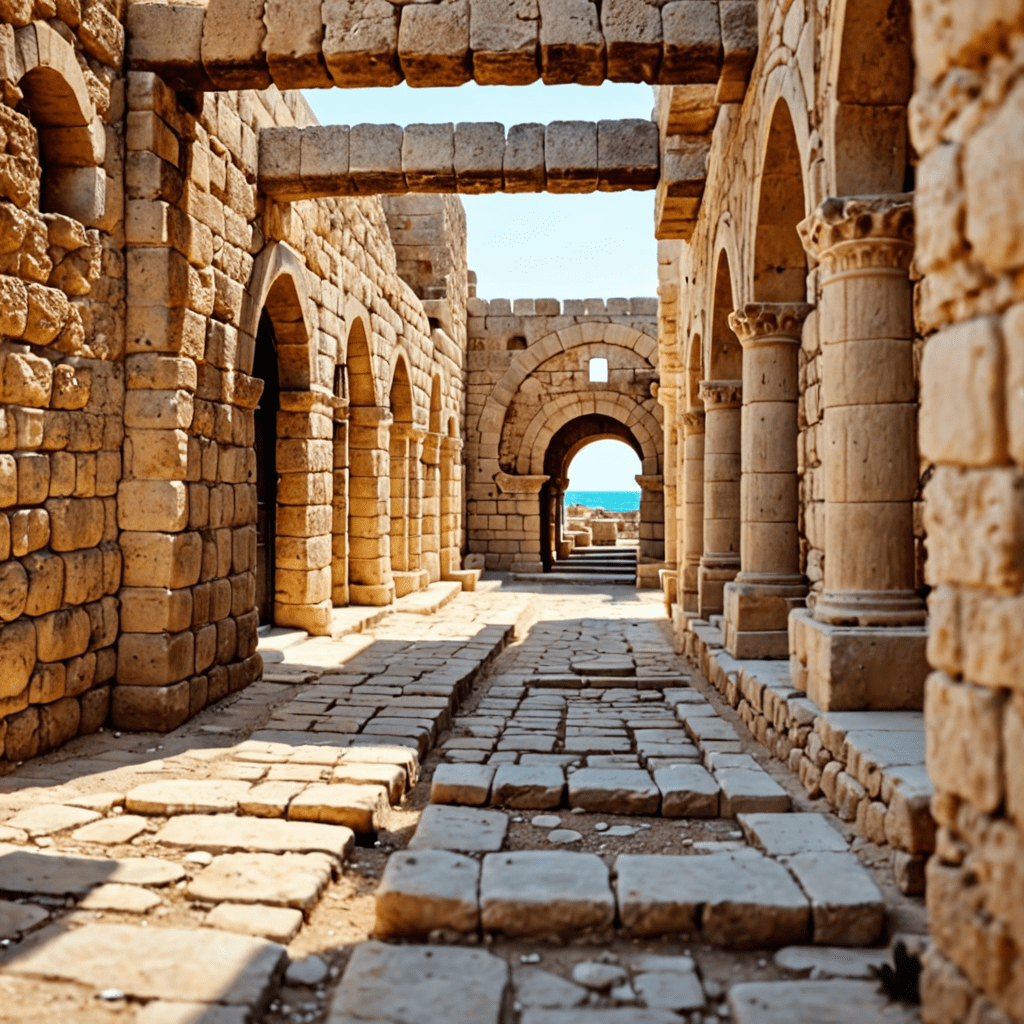
Traditional Austrian Folk Dance and Music
Historical Origins and Cultural Significance
Austrian folk dance and music hold a profound significance in the country's cultural heritage. Rooted in the Alps and rural communities, these traditions evolved over centuries, reflecting the region's unique history, topography, and social customs. Today, they continue to thrive, bringing people together for vibrant celebrations and cultural exchanges.
Regional Variations and Styles
Austria's diverse regions boast distinct folk dance and music styles, each with its own unique characteristics. From the elegant waltzes of Vienna to the energetic polkas of the Alpine regions, every province showcases its own rich tapestry of traditions. These variations reflect the cultural influences of neighboring countries and the diverse landscapes that shape Austrian identity.
Ländler: The Waltz of the Alps
The Ländler is a graceful and elegant dance originating in the Alps. Its characteristic three-beat rhythm and flowing movements resemble the Viennese waltz, with couples swaying and turning in a mesmerizing display. The Ländler is often accompanied by accordion, violin, and brass instruments, creating a lively and infectious atmosphere.
Galopp: Fast and Exuberant Movement
The Galopp is a lively and energetic dance characterized by its fast tempo and exuberant movements. Couples move in a quick, leaping pattern, with the man guiding the woman through a series of turns and spins. The Galopp originated in the mid-19th century and is often performed at weddings and festive occasions. Accordions, violins, and trumpets provide the spirited musical accompaniment for this invigorating dance.
Zwiefacher: A Bavarian and Tyrolean Dance
The Zwiefacher is a folk dance from the Bavarian and Tyrolean regions. Its name translates to "double time," reflecting its fast and lively tempo. The dance involves quick footwork and intricate partner work, with couples stepping and turning in a synchronized pattern. Accordions and string instruments provide the traditional musical accompaniment for the Zwiefacher, creating a cheerful and engaging atmosphere.
Walschs: Rustic Dances from the Styrian Region
Walschs are a group of rustic folk dances originating from the Styrian region of Austria. These dances are known for their simple, flowing movements and traditional melodies. Couples dance in a circle or line formation, with the man often leading the steps. The lively rhythms and cheerful tunes of the Walschs add a festive touch to any gathering.
Schuhplattler: A Rhythmic and Percussive Dance
The Schuhplattler is a rhythmic and percussive dance performed by men only. It originated in the Alpine regions of Austria and features intricate footwork, hand-clapping, and slapping of the thighs. Performers wear traditional leather shorts and suspenders, with bells attached to their shoes to enhance the rhythmic effect. The Schuhplattler is a captivating display of skill and coordination, often showcasing the strength and agility of the dancers.
Alpine Singing: Harmonious Melodies and Polyphony
Alpine singing is an integral part of Austrian folk music. Its origins lie in the pastoral traditions of the Alpine regions, where shepherds used songs to communicate across vast distances and express their connection to nature. Alpine singing features harmonious melodies and polyphonic arrangements, with multiple voices blending together to create a rich and evocative soundscape.
Instrumentation and Musical Accompaniment
Traditional Austrian folk music is typically played on a variety of instruments, including the accordion, violin, zither, and clarinet. These instruments provide a lively and engaging accompaniment to the dance and singing. Accordions are particularly popular, as they can produce a wide range of sounds and rhythms, from lilting waltzes to energetic polkas. Violins add a melodic and expressive touch to the music, while zithers and clarinets provide a rhythmic and harmonic foundation.
FAQ
Q: What are the different types of Austrian folk dances?
A: Ländler, Polka, Galopp, Zwiefacher, Walschs, Schuhplattler
Q: What instruments are commonly used in Austrian folk music?
A: Accordion, violin, zither, clarinet
Q: What is the significance of folk dance and music in Austrian culture?
A: It holds deep cultural significance, reflecting the country's history, traditions, and regional diversity.


